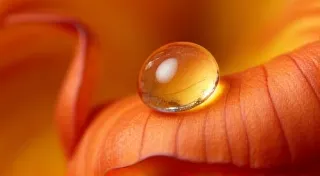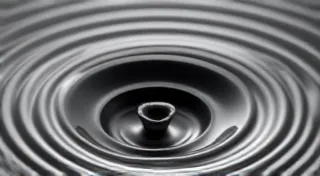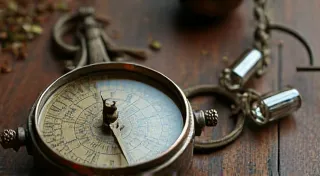The Alchemist’s Palette: Extracting Essential Oils from Monk’s Pepper
There’s a certain romance tied to forgotten things. A melody salvaged from a dusty attic, a hand-stitched quilt whispering tales of generations past, or the quiet potential held within a plant overlooked by modern sensibilities. I find myself drawn to these echoes of the past, captivated by the feeling that something precious has been patiently waiting to be rediscovered. It’s the same feeling I experience when working with Monk’s Pepper (Scutellaria pulea).
The name itself evokes a sense of mystery. “Monk’s Pepper” suggests seclusion, contemplation, and a lineage of knowledge passed down through hushed tones. And the plant itself, unassuming in its appearance, holds a surprising depth of character – a complexity that translates beautifully into its essential oil. Reminds me, somehow, of a beautifully restored antique accordion. The wear and tear, the faded bellows, the slightly yellowed keys… they aren’t flaws, but evidence of a life lived, of music shared, of a history resonating within the instrument. Just like Monk’s Pepper, the true value lies not in pristine perfection, but in the richness of its story.
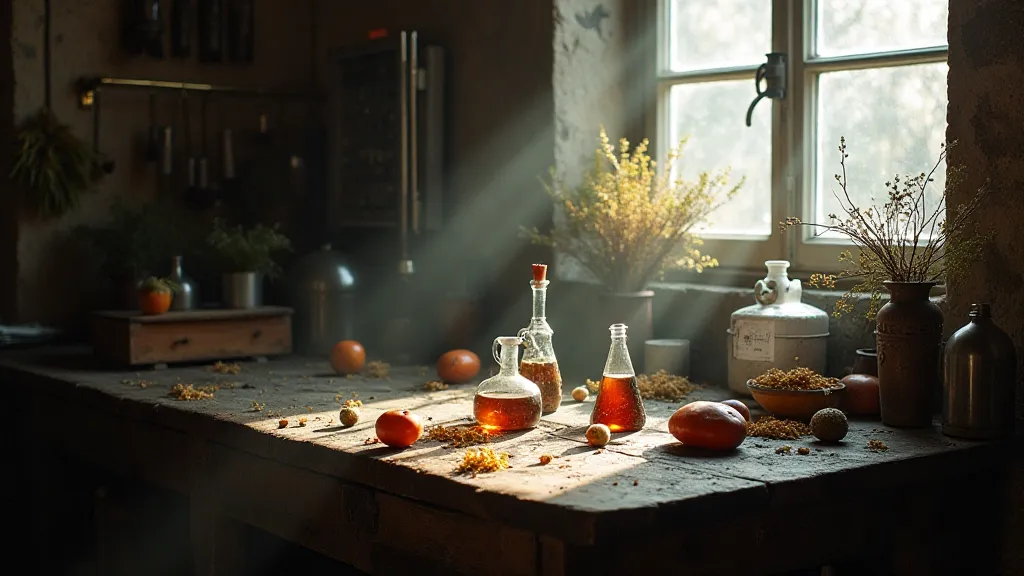
A Historical Perspective: Monk’s Pepper Through the Ages
Monk’s Pepper isn't a new discovery. Its history stretches back centuries, woven into the traditions of various cultures. Traditional Chinese Medicine (TCM) has long valued it for its calming and detoxifying properties, often used to treat anxiety, insomnia, and digestive issues. Similarly, in Ayurvedic practices, it's known for its ability to balance the mind and nervous system. Even Dioscorides, the Greek physician and pharmacologist of the 1st century AD, documented its medicinal uses in his influential work *De Materia Medica*. To think, this humble plant has been quietly supporting well-being across continents for millennia!
The decline in its common use is a curious one. Perhaps the rise of synthetic drugs overshadowed its potential, or the simpler availability of other herbs reduced demand. Whatever the reason, it’s a loss. Restoring these forgotten remedies to our repertoire isn't just about rediscovering a plant; it’s about reconnecting with a wisdom that has been patiently waiting to be recognized again.
The Art of Extraction: Distilling the Essence
The real magic, in my opinion, happens during the distillation process. Extracting the essential oil from Monk’s Pepper is a delicate dance of science and intuition. It requires patience, careful observation, and a deep respect for the plant’s inherent power. Modern distillation setups offer precision and control, but I often find myself drawn to the methods that mimic those used by our ancestors - a copper still, carefully tended fire, and a watchful eye.
The process itself begins with harvesting the flowering tops of the plant. Timing is crucial; the flowers are most potent during their peak bloom. The harvested material is then carefully packed into the still, followed by water – the carrier that will draw out the volatile oils. Heat is then applied, slowly and steadily, causing the water to vaporize and carry with it the fragrant compounds from the plant material. This steam mixture then passes through a condenser, where it cools and returns to a liquid state, separating into two layers: the essential oil and the hydrosol – a fragrant water carrying water-soluble plant constituents.
The resulting essential oil is surprisingly complex. While often described as herbaceous and slightly bitter, there are subtle nuances – a hint of mint, a touch of citrus, a grounded earthiness. It's a far cry from the single-note fragrances that dominate the modern market. The hydrosol, too, is worth noting. It’s a gentle, refreshing mist with its own unique properties, often used in tonics and facial sprays.
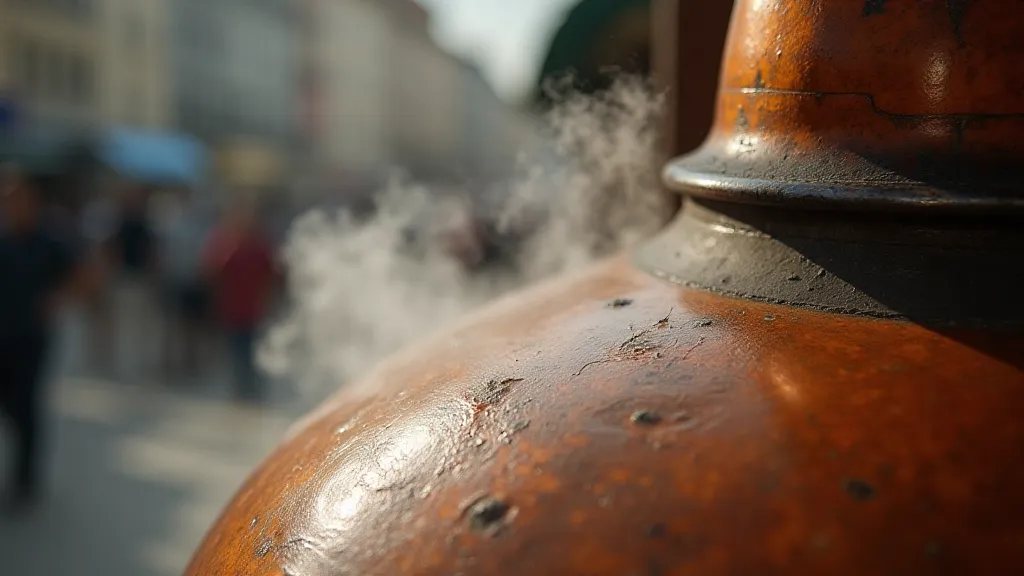
Therapeutic Applications: A Gentle Power
The therapeutic applications of Monk's Pepper essential oil are as varied as its aroma. In aromatherapy, it’s known for its calming and grounding effects, making it valuable for those struggling with anxiety, stress, and insomnia. It’s also been shown to possess anti-inflammatory and antimicrobial properties, making it a potential remedy for skin conditions and minor infections. The hydrosol, being gentler, is particularly well-suited for sensitive skin and can be incorporated into facial toners and cleansing routines.
However, as with any herbal remedy, it’s crucial to approach with caution and respect. While generally considered safe, essential oils are potent substances and should always be diluted before topical application. Pregnant or breastfeeding women, individuals with pre-existing medical conditions, and children should consult with a qualified healthcare professional before using essential oils.
Sustainable Harvesting: Protecting the Future
The renewed interest in rare herbs presents both an opportunity and a responsibility. As demand increases, it’s imperative that we prioritize sustainable harvesting practices. Overharvesting can deplete wild populations and damage ecosystems. Responsible growers should ensure that plants are propagated ethically, prioritizing organic cultivation methods and avoiding the use of harmful pesticides and herbicides.
Propagation from seed or cuttings is often the best approach, allowing us to cultivate Monk’s Pepper in a controlled environment while minimizing the impact on wild populations. Consider the entire lifecycle of the plant, from seed to harvest, and strive to create a closed-loop system that minimizes waste and maximizes resource efficiency. Remember, preserving these botanical treasures isn’t just about enjoying their benefits today; it’s about ensuring their availability for generations to come.
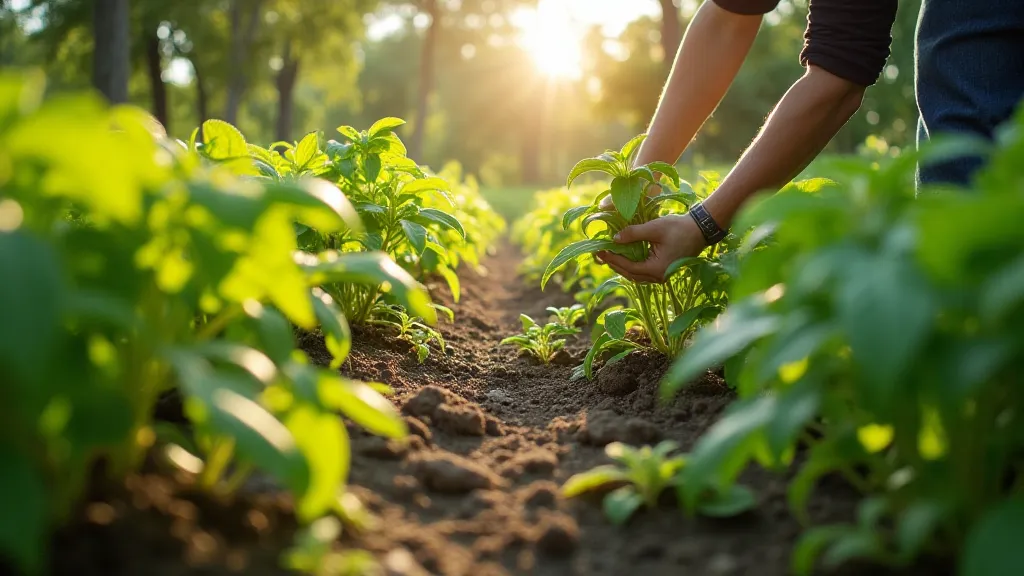
A Return to Roots
Working with Monk’s Pepper, from seed to distillation, has been a profoundly rewarding experience. It's a reminder that the most valuable treasures are often hidden in plain sight, waiting to be rediscovered. It's a journey of reconnection – to ancient wisdom, to the power of nature, and to our own innate ability to heal and thrive. Just like the restoration of an antique accordion, bringing Monk’s Pepper back into the light is about more than just cultivating a plant; it’s about preserving a legacy and sharing its music with the world.

